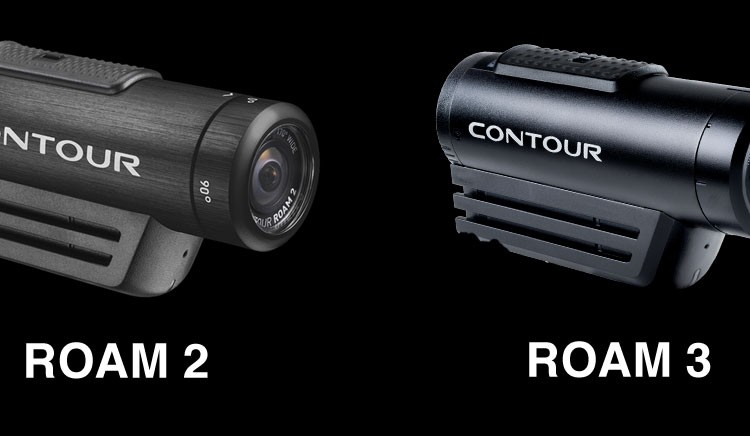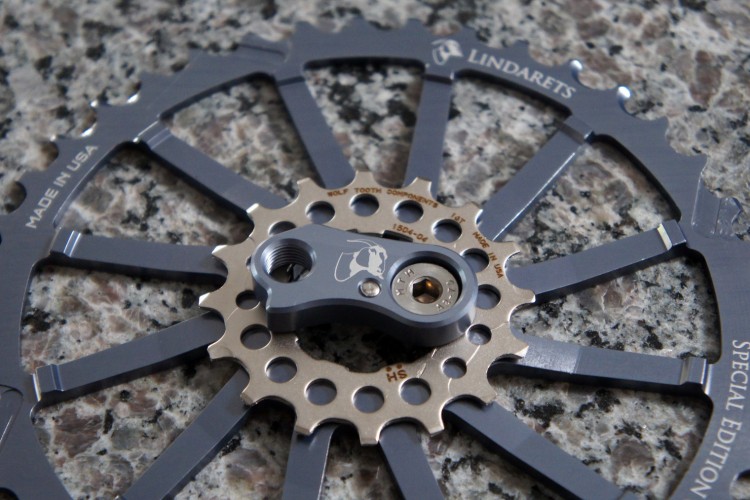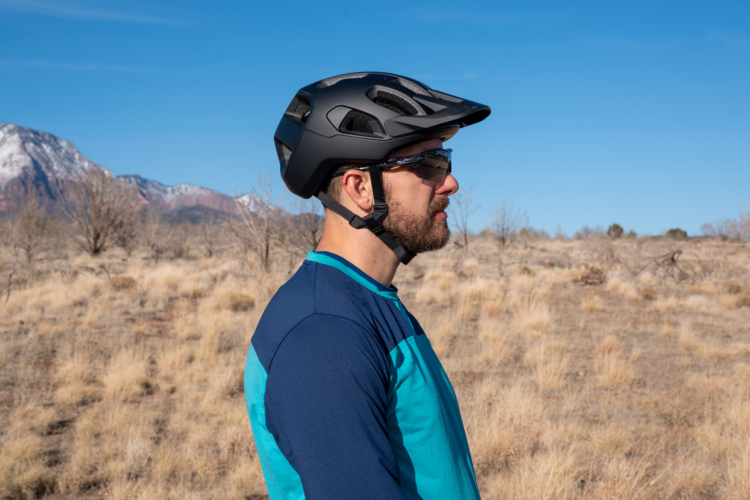
Ibis has just announced the launch of two brand-new Ripley 29ers this morning. According to Ibis, here’s what’s new in the new twins:
- Two geometry options: The nimble geometry of the original or a new school long and slack version called the Ripley LS
- Internal cable routing using our flexible and easy to setup port system
- Increased tire clearance
- Threaded bottom bracket
- Seat mast lowered by 1/2” to accommodate today’s longer droppers
- Choice of Boost 148 (staring in November ’15) or 142mm x 12mm Shimano through axle (now)
- Stiffer eccentric cores
- New rubber molded chainstay and seatstay protection
- Two new colors (let’s call them “Tang” and “Black”)

Now, what exactly are the differences in geometry between the two bikes? The newer version, dubbed the Long Slack (LS for short), in general provides a slacker head tube angle and a longer top tube.
In the size medium, the top tube in the standard measures 587mm and the LS measures 600mm. The head tube in the LS is 1mm shorter, for a lower stack height. The seat tube angle on the LS is a tad steeper (73 degrees compared to 72.2 degrees), but the all-important head tube angle is 1.7 degrees slacker (67.5 degrees in the LS and 69.2 degrees in the standard). Thanks to the top tube length differences, the reach is a corresponding 21mm longer in the LS and the wheelbase is 35mm longer. Also, the bottom bracket height is 6mm lower, meaning that this version should really be called the LLS (long, low, and slack).

While these geometry differences may seem small to some folks, in the world of trail bikes (about the 120mm-140mm travel range) a few tweaks in geometry can radically impact how a bike handles. Since the Ripley is already a proven formula, Ibis’s move to provide two distinct flavors of this already successful bike is simply genius. Want a more pedally bike? Go with the standard version. Want a more aggressive ride but don’t think you need all the travel of the new HD3 (and you dig 29er wheels)? Go with the LS.

Of course, the other updates, such as increased tire clearance, Boost 148 compatibility, and a change in the seat mast height are all important as well. However, we’re seeing these and other similar updates coming from all key players. Over the course of this year, I expect that we’ll see every major brand move to adopt similar changes and improvements to existing models, if they don’t choose to roll out all-new models altogether.
The first batch of new Ripleys, standard version, will be available in July. The first batch of the new LS version should be available sometime in August. And finally, the new Boost 148-compatible versions should be available in November. Start pinching your pennies now, with a frameset with shock starting at $2,900.
Photos of cable routing updates:


























0 Comments